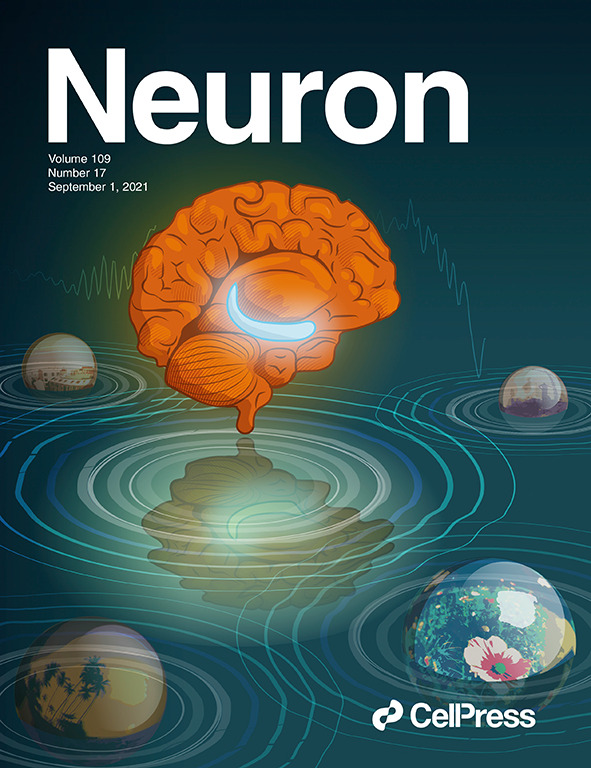p16预防途径:衰老作为tau介导的神经退行性变的驱动因素。
IF 15
1区 医学
Q1 NEUROSCIENCES
引用次数: 0
摘要
在这一期的《神经元》杂志上,Graves等人报道,在tau病小鼠模型中,通过删除p16基因来减少衰老细胞,可以显著减少tau病理、神经血管功能障碍和行为缺陷。他们的研究强调了p16依赖性衰老在小胶质细胞和内皮细胞中作为神经退行性变的积极驱动因素的关键作用。本文章由计算机程序翻译,如有差异,请以英文原文为准。
A p16 pathway to prevention: Senescence as a driver of tau-mediated neurodegeneration.
In this issue of Neuron, Graves et al.1 report that genetically reducing senescent cells by deleting p16 in a tauopathy mouse model significantly lessens tau pathology, neurovascular dysfunction, and behavioral deficits. Their study highlights the crucial role of p16-dependent senescence in microglia and endothelial cells as active drivers of neurodegeneration.
求助全文
通过发布文献求助,成功后即可免费获取论文全文。
去求助
来源期刊

Neuron
医学-神经科学
CiteScore
24.50
自引率
3.10%
发文量
382
审稿时长
1 months
期刊介绍:
Established as a highly influential journal in neuroscience, Neuron is widely relied upon in the field. The editors adopt interdisciplinary strategies, integrating biophysical, cellular, developmental, and molecular approaches alongside a systems approach to sensory, motor, and higher-order cognitive functions. Serving as a premier intellectual forum, Neuron holds a prominent position in the entire neuroscience community.
 求助内容:
求助内容: 应助结果提醒方式:
应助结果提醒方式:


